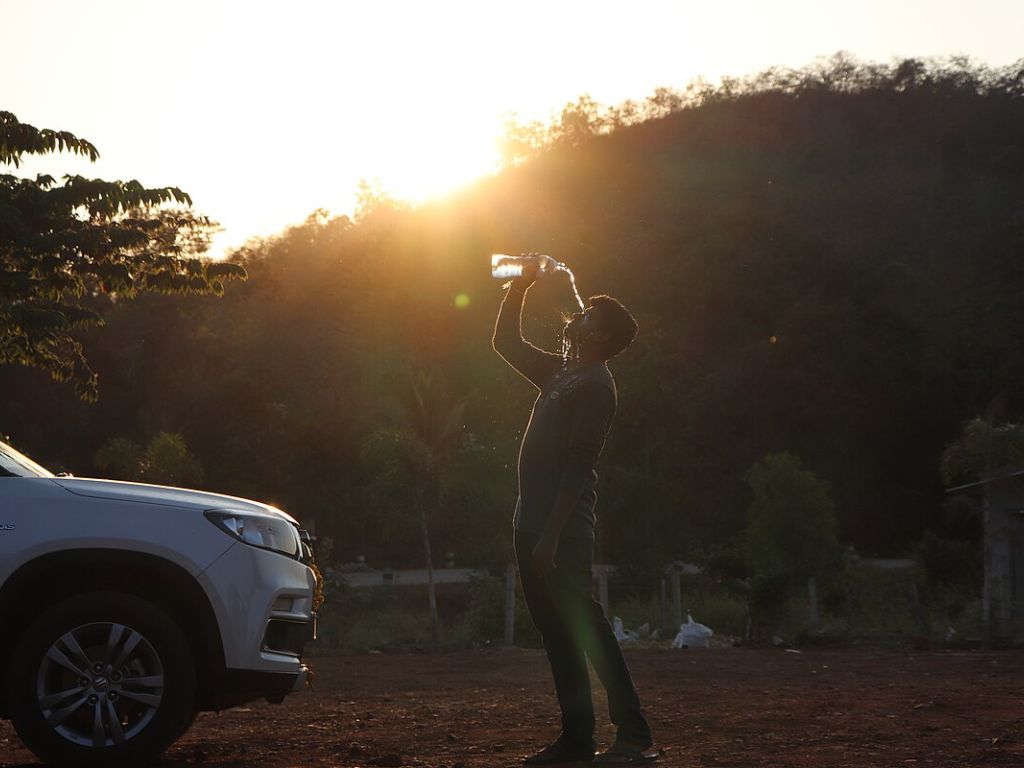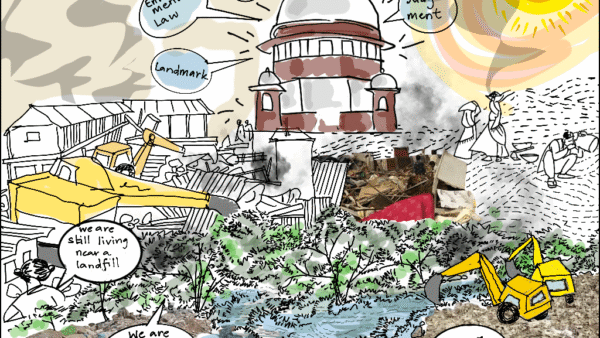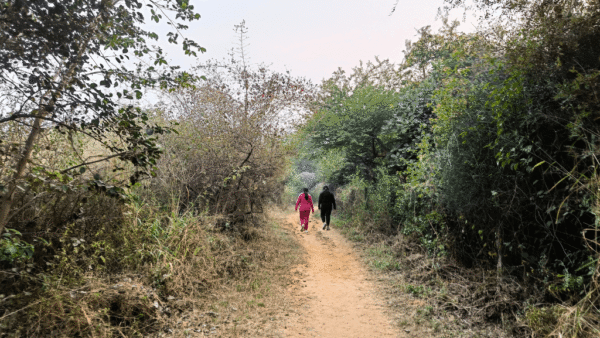Early, super-hot, and prolonged summers are the new normal in India, going by the records. The narrative is familiar, data is available, trends and patterns are evident, plans have been prepared at least in some places. The question is: why are we not seeing all this translate into heat mitigation and adaptation measures on the ground in a substantive way even as millions suffer in extreme heat?
Governments are, of course, aware given how the Heat Action Plans (HAPs), cooling plans, and mitigation measures are in regular conversations. Across India, 23 states and over 130 cities or districts have developed HAPs.[1] Institutions mandated to take mitigation measures, especially for the marginalised who have to work outdoors or live in poorly-equipped informal settlements, know that cool shelters, reflective roofs, parks and gardens open to all throughout the day are needed. The agencies in charge of forecasts and alerts send them out to multiple offices and issue press releases.
If the action on the ground is lagging in cities and towns across India, it smacks of disregard for the health and well-being of people, a breath-taking negligence of responsibility that governments and institutions carry a mandate for. At some point, the research studies and papers, the conferences, and the plans have to mean a robust and sensitive response to heat in our neighbourhoods, on our streets, in our cities. This is not happening, certainly not on the scale it should. Instead, thousands of trees are chopped down taking away natural cooling and shade, though it has been proved that tree canopies reduce temperatures by 4 to 10 degrees Celsius.[2] [3]
We have to ask how many cooling shelters have been installed in cities this year, how many public water facilities? Where they exist, why are outdoor workers not allowed to refill water bottles? What has been done to make cool roofs common in informal settlements or enable the poor to install simple cooling devices such as fans? What heat protocols are doctors and para-medical staff in hospitals trained and equipped for? Without death certificates mentioning heat-related mortality, bereaved families cannot access compensation even if governments have declared it.
There are at least five issues that Question of Cities draws attention to.
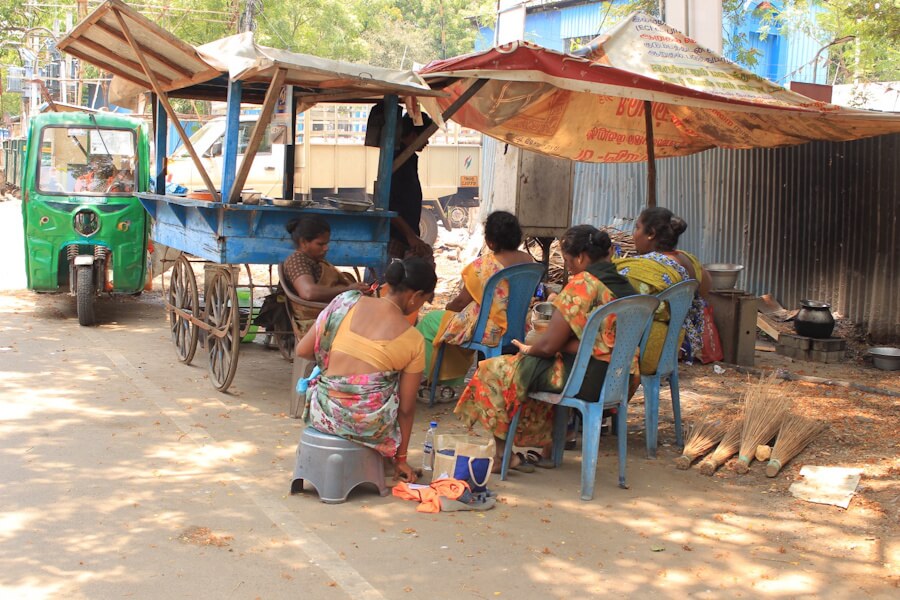
Photo: Rasiya Banu
Heat as public health crisis
Heat is a silent killer or a slow burner. The intersection of heat and health is, clearly, a public health issue and[4] should be addressed as such. Between March and June last year, at least 733 heat-related deaths and more than 40,000 heatstroke cases were recorded in 17 states across India even as 37 cities recorded 45 degrees Celsius or higher temperatures, according to the report Struck by Heat: A News Analysis of Heatstroke Deaths in India in 2024 by the non-profit HeatWatch.[5] The Union Ministry of Health and Family Welfare, however, reported only 360 heatstroke deaths.[6] It’s time that heat waves are notified as natural disasters under the Disaster Management Act, 2005.
India has the National Programme on Climate Change and Human Health (NPCCHH) which launched the National Action Plan on Heat-Related Illnesses in 2019 to “guide the health impacts of heat, clinical management protocols, health facility preparedness plan” besides developing public health facilities to handle heat-related impacts, setting up beds for severe heat-related illnesses, providing ambulances and on-site rapid cooling facilities, and ensuring that details are communicated to the National Heat-related Illness and Death Surveillance (NHRIDS).[7]
This shows intent but the impacts are hardly visible. People are left to their own devices to cope – or take ill. Its efforts, for example, include posters on heat wave preparedness of which the one for workers advises, among other things, increasing rest breaks and beginning with three-hour workdays to adjust to the heat. Which construction site would follow these, which street vendor can afford to? The approach falls into the same old template of overlooking differences between people on the basis of income, caste, class, geography and gender. The impact of heat is not even; the 733 deaths last year were mostly of the marginalised. If seen as a public health issue, the protocols and responses can be more sensitive.
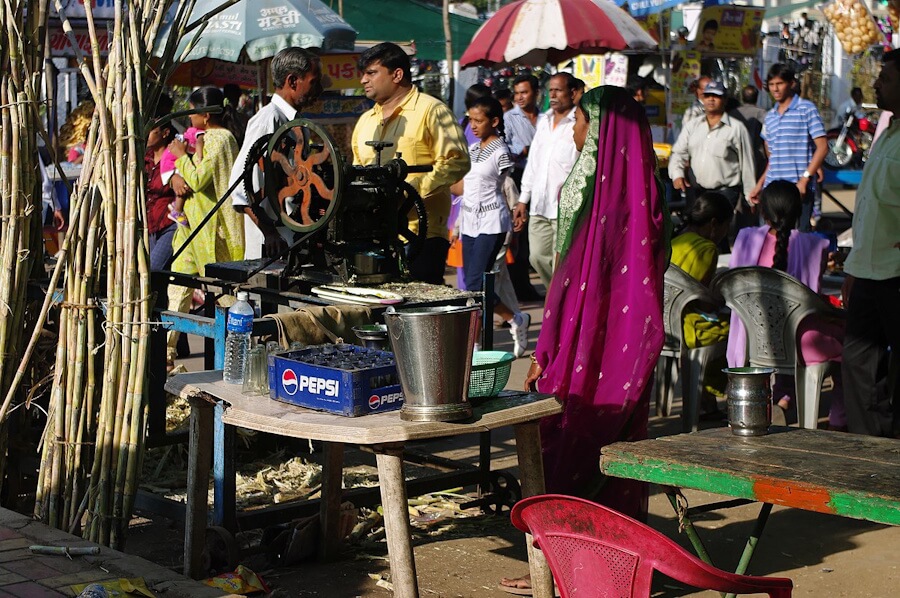
Photo: Wikimedia Commons
Urgently establish heat-mitigation infrastructure
The gargantuan informal economy in India’s cities means that millions are forced to be out in the extreme heat to earn wages. While measures at workplaces, for both outdoor and indoor workers, are needed, it is equally important to mount public infrastructure that provides relief. What does this look like?
At the city level, it calls for a sustained effort to increase the green open areas which are heat mitigants, zoning rules to enforce this across neighbourhoods, building policies that mandate permeable surfaces, a robust policy on tree cover, increasing energy efficiency and so on. As things stand, green areas and tree cover are less in areas with poorer and marginalised residents.[8] In Mumbai, for example, a World Resources Institute analysis found “a difference of 5.5 degrees Celsius (10 degrees Fahrenheit) between the mean land surface temperature of the hottest and coolest neighbourhoods.”[9]
However, even as such adaptation measures are taken, immediate relief is needed. Cooling centres must be set up in parks or schools or public office precincts. Their location information should be on maps and phone apps. Similarly, cool routes or shaded walkways, with seating spaces every few metres, must be provided in neighbourhoods and increased every year.[10] Drinking water kiosks, largely the effort of charitable trusts in our cities, should be public facilities by local governments ensuring clean and cool water. This will save people the money they are forced to spend on buying water.
Primary Health Centres and public hospitals must have trained emergency responders and doctors to treat patients of heat stress, exhaustion and heatstroke. Information of these centres must be widely available in commonly-used languages. The more public these facilities, the better the access to them. A band of volunteers can be trained as first responders in heat-related illnesses.
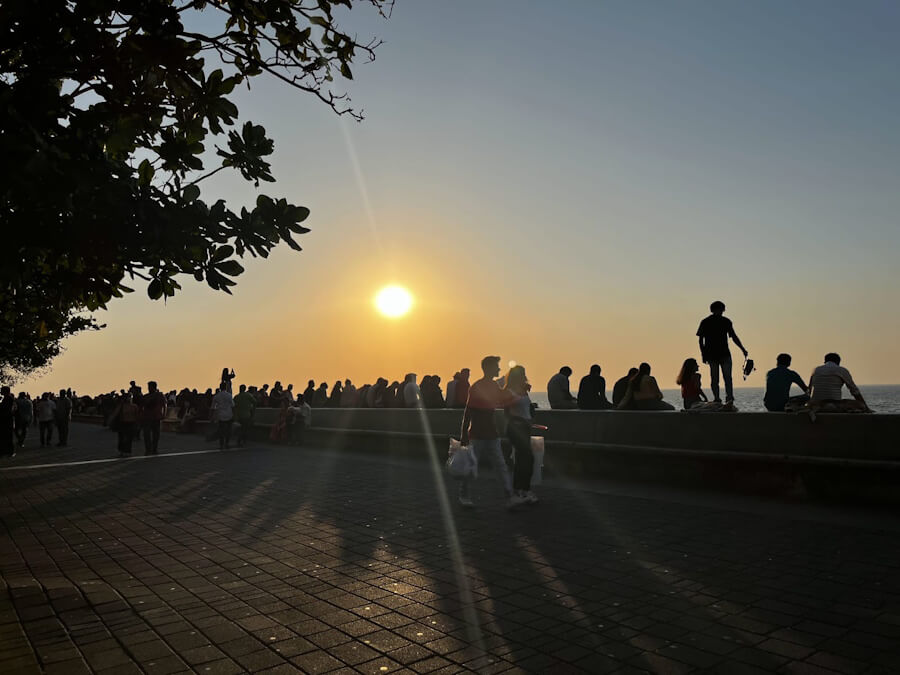
Photo: Nikeita Saraf
Read temperature beyond maximum-minimum
For decades, temperature has been measured to arrive at a maximum (daytime) and minimum (night) readings. It is not sufficient any longer. More frequent and accurate measurements, granular data showing different thresholds and micro-temperatures in different parts of a city are now called for. These are already the norm in many countries[11] and must be adopted in India’s cities.
First among these is the Heat Index which factors in relative humidity of a place into the temperature to provide a reading closer to what people feel. In fact, it’s called ‘feels-like’ temperature.[12] The Heat Index is often 2 to 6 degrees Celsius higher than the maximum temperature reading in coastal cities. Even phone apps show the ‘feels-like’ temperature these days. The Heat Index is a popular measurement worldwide. India had set out, two years ago, to prepare a pilot given our unique geographical and meteorological conditions.[13] This must be accelerated and popularised so the Heat Index becomes the basis for action for both individuals and government agencies. It could make a difference between heat cramps and heat stroke for some.
Similarly, temperature thresholds must be worked out for different neighbourhoods, for various ages and genders, for different kinds of workers. High temperature affects people and places differently.[14] A ready reckoner of these temperature thresholds is handy for hospitals, clinics, first responders, and others.
Another measurement tool needed is heat maps, also called heat risk maps or heat vulnerability maps, which give spatial analysis of heat across a city. The areas with poorer and marginalised populations tend to be hotter than others.[15] Heat maps would help to direct relief resources and mitigation measures where they are most needed.
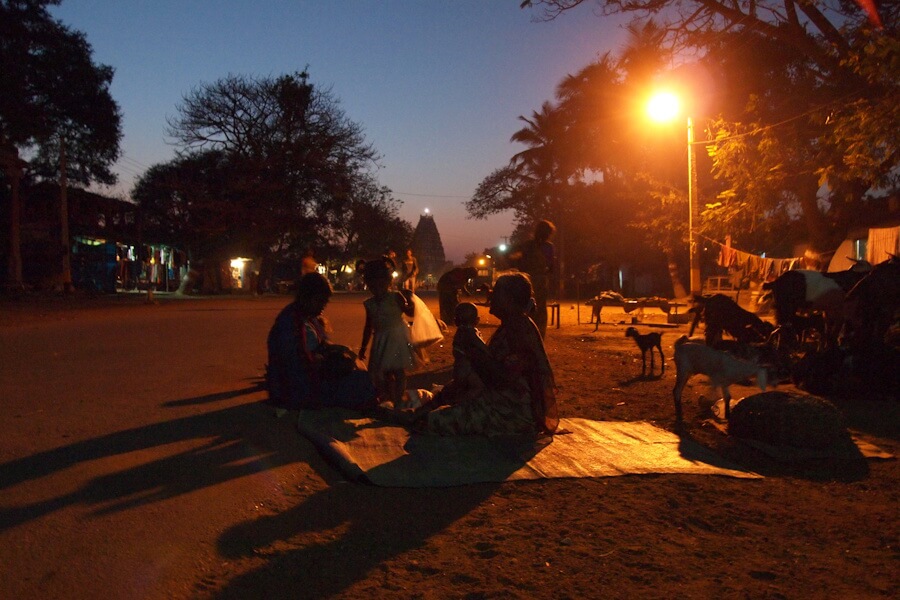
Pay attention to night-time temperatures
The India Meteorological Department (IMD) warned of higher-than-normal temperatures from April to June this year with twice the number of heat wave days – 10 to 12 – in the north. While the focus is on daytime temperatures, night temperatures are increasingly becoming a health risk. The relative mortality risk on days “with hot nights could be 50 percent higher than on days with non-hot nights,” stated this paper analysing mortality across 28 international cities.[16]
In India, night temperatures were above normal in 31 states or Union Territories this February-March, of which 22 recorded night temperatures 3 to 5 degrees Celsius above normal at least once, according to IMD. It included ‘night temperature above normal’ readings for the first time in its communication this February.[17] The trend is worsening. Between March and June last year, 17 states and Union Territories had recorded significant and severe warm night events, especially in north India in mid-June “marking a new extreme…posing significant threat to public health,” stated the National Centre for Disease Control report.[18] The number of hot nights increased by 32 percent between 2014 and 2023, found a study of 300 Indian cities with populations over 1,00,000.[19]
Night temperatures are key to sleep quality and, therefore, people’s health and well-being. Cooler nights help to reduce the heat, offer respite for heat-stressed bodies, allow people who spend long hours outdoors to recuperate. Climate change is bringing hotter days but “what is less widely known is that overnight low temperatures are rising even more rapidly than daytime highs[20] —and some of the heat’s toll on human health can be attributed to those hotter nights,” this study in Environmental Health Perspectives showed.[21] Hot nights impose “an extra burden” on the body, the study added.
This is the reality for most people living in informal settlements without adequate cooling devices such as fans and air coolers. Asbestos roofs do not help. And people are forced to pour water on floors, use damp clothing, or sleep in the open. Women are the worst affected by high night temperatures – they spend most of the day inside hot rooms and are unable to escape the heat at night too. For cool nights, it’s back to the basics – more green areas, more trees, more water bodies in neighbourhoods but till that happens, access to cooling devices must be improved.
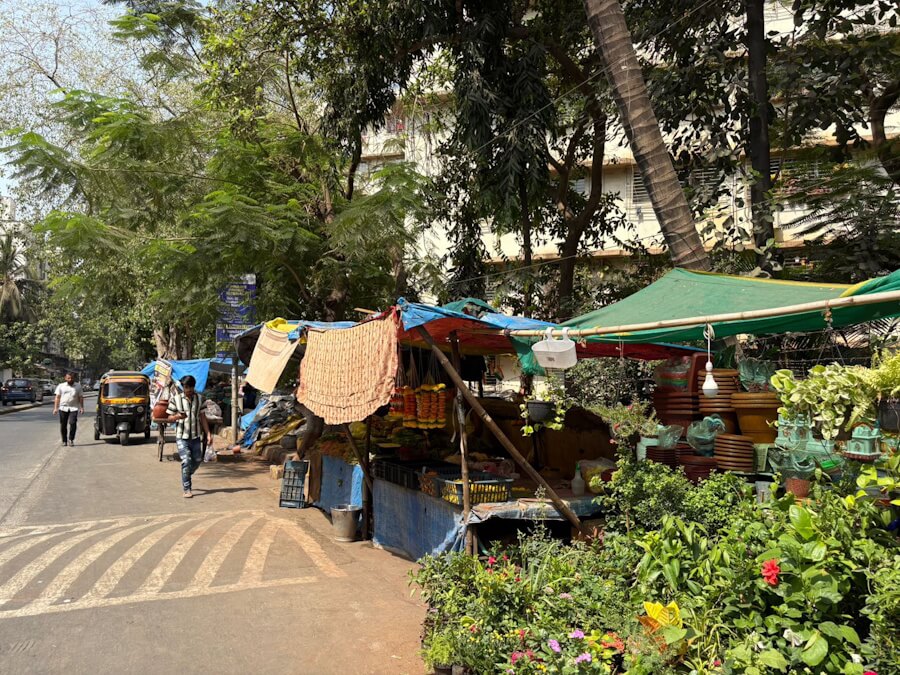
Photo: Jashvitha Dhagey
Read the trends
This February was the hottest and one of the driest in the last 125 years, the IMD told us. “The situation was more critical in south peninsular India and central India while it was marginally better in East, Northeast and Northwest India,” pointed out this essay.[22]
For a few years now, the IMD data has been showing unmissable patterns of record-breaking heat in both daytime and night temperatures. Last year, July, August, and September registered unprecedented night temperatures and 77 heat wave days in the summer months.[23] The total heat wave days from all states has been increasing. In 2010, 279 such days recorded for all states was the highest based on the data since 1967, according to this analysis.[24] The total heat wave days jumped to 536 last year showing the intensifying trend.[25]
This summer, traditionally cooler places are seeing high temperatures. On April 30, Srinagar recorded the second highest maximum temperature for the month ever at 30 degrees Celsius.[26] On April 29, Pahalgam in south Kashmir was 27.8 degrees Celsius — 7.6 degrees above normal maximum and the highest ever.[27] Several parts of Himachal Pradesh including popular hill stations like Shimla experienced high temperatures this week.[28]
All of this – data, patterns and analysis, even protocols – are available. What is critical now is to decipher them and use them not only in policy-making such as Heat Action Plans and cooling plans but distill into relief and mitigation steps before it is too late.
Cover photo: Wikimedia Commons

